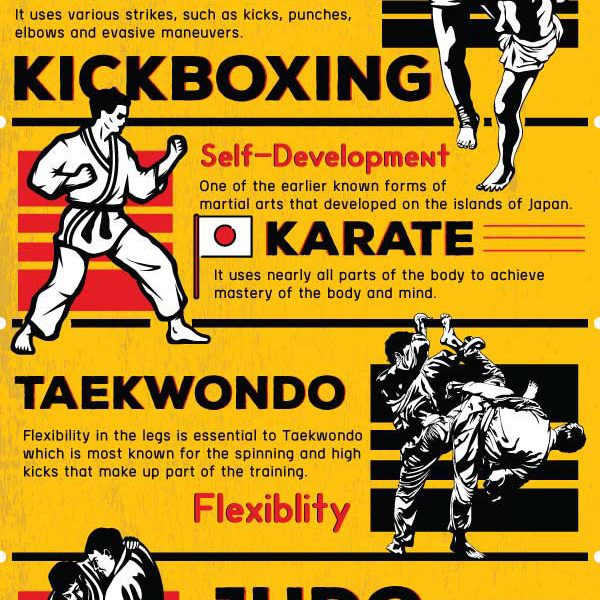Grasping The Art Of Taekwondo: An Overview To Forms And Their Value
Grasping The Art Of Taekwondo: An Overview To Forms And Their Value
Blog Article
Composed By-Hahn Ottosen
Did you recognize that there are over 20 various taekwondo forms, each with its own special sequence of movements and strategies? These forms, also known as poomsae, play a critical function in the method and development of taekwondo practitioners.
Yet exactly what are these forms, and why are they so considerable? In this discussion, we will explore the fundamentals of taekwondo forms, their beginnings, and the key elements that make them an essential part of this martial art.
Whether you're a novice or an experienced specialist, understanding the value of taekwondo forms will certainly grow your gratitude for this old technique and improve your trip towards mastery.
Beginnings and Evolution
The origins and evolution of Taekwondo can be traced back to old martial arts practices in Korea. It was created over 2,000 years back and has given that turned into a prominent and worldwide identified sport.
visit the following internet page was greatly affected by numerous Korean fighting styles styles, such as Taekkyon and Subak, as well as Chinese fighting styles. It was at first made use of as a way of self-defense, yet over time, it advanced into a competitive sport that concentrates on striking methods and high kicks.
In the 20th century, Taekwondo underwent a significant transformation and was standard into its modern-day type. The Korea Taekwondo Association played a critical function in this process, helping to develop regulations, strategies, and forms that are still adhered to today.
Crucial Element and Methods
Currently let's check out the fundamental aspects and techniques of Taekwondo. To totally understand the key elements and methods, it's important to dig much deeper right into the adhering to subtopics:
- Stances: Taekwondo emphasizes the appropriate use of positions, such as the front position, back position, and steed position. These positions offer stability, equilibrium, and power in carrying out numerous strategies.
- Strikes and Kicks: Taekwondo is renowned for its powerful and dynamic kicks, consisting of the front kick, roundhouse kick, and side kick. Strikes, such as strikes and knifehand strikes, are additionally crucial strategies in Taekwondo.
- Blocks and Defense: Efficient defense is essential in Taekwondo. Blocks, such as the high block and reduced block, are made use of to secure against inbound attacks. Proper timing and positioning are crucial to effectively safeguarding oneself.
Benefits and Effect
One of the substantial advantages of exercising Taekwondo is the renovation of fitness and overall health. By participating in regular training sessions, you can enhance your cardiovascular health and wellness, stamina, flexibility, and endurance. Taekwondo entails a selection of activities that target different muscular tissue groups, assisting you build a solid and toned figure.
Furthermore, this fighting style advertises psychological well-being by minimizing stress and stress and anxiety degrees. The discipline and focus needed in practicing Taekwondo can help improve your focus and enhance your capacity to manage tough circumstances.
Furthermore, the practice of Taekwondo instills a feeling of self-confidence, self-discipline, and self-constraint, which can favorably impact different areas of your life. In general, exercising Taekwondo can bring about a healthier and extra well balanced lifestyle.
Verdict
So there you have it! Taekwondo types aren't just mere routines, yet a depiction of the rich history and advancement of this martial art. By grasping the key elements and techniques, professionals can reap various physical and mental advantages.
From increased versatility and stamina to improved emphasis and self-control, taekwondo forms have an enduring effect on those that exercise them.
So, whether visit their website 're a novice or a seasoned martial artist, accept the power of these types and let them take you on a trip via time.
